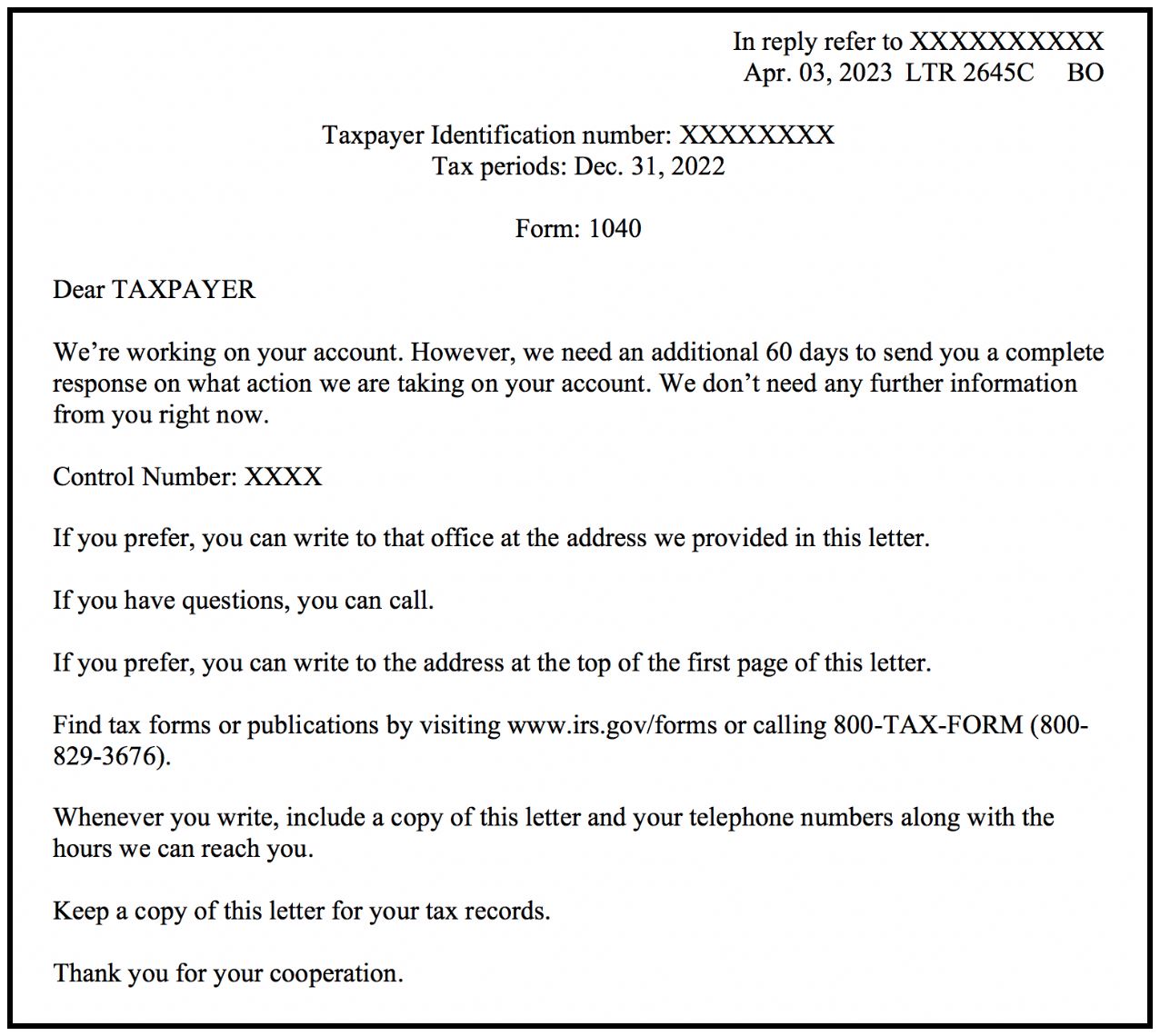Home>Finance>Downtrend: Definition, Pattern, Examples, Trading Stategies


Finance
Downtrend: Definition, Pattern, Examples, Trading Stategies
Published: November 14, 2023
Learn the definition, pattern, and examples of a downtrend in finance. Discover effective trading strategies to navigate this market trend.
(Many of the links in this article redirect to a specific reviewed product. Your purchase of these products through affiliate links helps to generate commission for LiveWell, at no extra cost. Learn more)
Understanding Downtrends: Definition, Pattern, Examples, Trading Strategies
Welcome to my Finance blog, where we dive deep into various aspects of the financial world. In today’s post, we are going to explore the concept of downtrends. What are downtrends, how do they develop, and how can traders leverage this pattern for successful trades? These are some of the questions we’ll answer as we delve into this intriguing topic.
Key Takeaways:
- Downtrends refer to a sustained period of declining prices in a financial market.
- Traders can identify downtrends by looking for consecutive lower highs and lower lows on price charts.
So, what exactly is a downtrend? In simple terms, a downtrend represents a sustained period of declining prices in a financial market. It is the opposite of an uptrend, where prices are on a consistent rise. Downtrends often occur when investors or traders are pessimistic about the future prospects of a particular asset, leading them to sell off their holdings.
Identifying a downtrend is crucial for traders as it allows them to position themselves in a way that aligns with the prevailing market sentiment. One common pattern that helps identify a downtrend is the presence of consecutive lower highs and lower lows on price charts. This pattern indicates that sellers have taken control and are pushing the prices downward.
Let’s take a look at an example to further illustrate this concept. Imagine you are analyzing the price movements of a particular stock over a period of time. Upon examining the chart, you notice that the stock’s price has been consistently declining, with each rally failing to reach previous highs and each correction taking it to lower lows. This indicates the presence of a downtrend.
Trading in downtrends can be challenging, but with the right strategies, it can also be highly profitable. Here are a few strategies that traders can consider when dealing with downtrends:
- Short Selling: This involves borrowing shares of an asset and selling them with the expectation of buying them back at a lower price in the future. Traders profit from the difference between the selling and buying price.
- Options Trading: Options provide a flexible way to trade in downtrends. Traders can purchase put options, which give them the right to sell an asset at a predetermined price, allowing them to profit from the downward movement.
- Technical Analysis: By employing various technical indicators, traders can identify potential reversal points or price levels from which the asset may bounce back, allowing for profitable trades.
It’s important to note that trading in downtrends carries risks, just like any other trading strategy. It requires careful analysis, risk management, and discipline. Traders must be prepared for market fluctuations and use proper risk-reward ratios to protect their capital.
In conclusion, downtrends are a common occurrence in financial markets, and understanding this pattern can be advantageous for traders. By identifying and capitalizing on downtrends, traders have an opportunity to profit in falling markets. However, it is crucial to approach trading with caution and employ proven strategies to mitigate risks. So, keep an eye out for downtrends and trade wisely!














